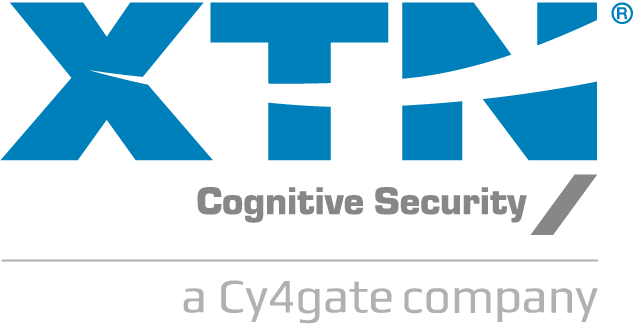Banking onboarding is the action of integrating a new customer into banking services. Achieving this means verifying a customer’s identity and then activating its account in the service.
For traditional banks, the onboarding process involves the customer’s physical presence in the bank’s office, with its whole set of documents.
The flow changes in the case of Challenger Banks, where onboarding is an app-based procedure. There is no direct contact in this scenario, just the device camera taking photos or videos of the documents and a self-compiled form. This new way of dealing with customer identity validation could be challenging because it involves more chances to incur identity theft.
HOW DOES THE FLOW WORK?
Let’s suppose you access the bank’s mobile app for the first time, and you have to create an account and prove your identity. The user identity is mostly verified through a video call conducted by a human or through an automatic process (with on-screen instructions). At the end of the video-interview will follow a final verification process governed by the bank that could take from a few minutes up to a day. Once completed, the user can access the service and use its new account.
PROS AND CONS
The online onboarding process is useful for attracting new users. You don’t need to go to the bank physically, and you can do the procedure when you want. Also, the bank benefits from it because of the lower need for local offices.
On the other hand, it opens some fraud prevention challenges.
Consider, for example, that a video interview couldn’t be enough to spot out identity theft. It appears clear that there is a need to apply consistency, reputational, and technological checks to avoid illegal activities on the service.
Download the infographic or read our TYFE about the theme.


